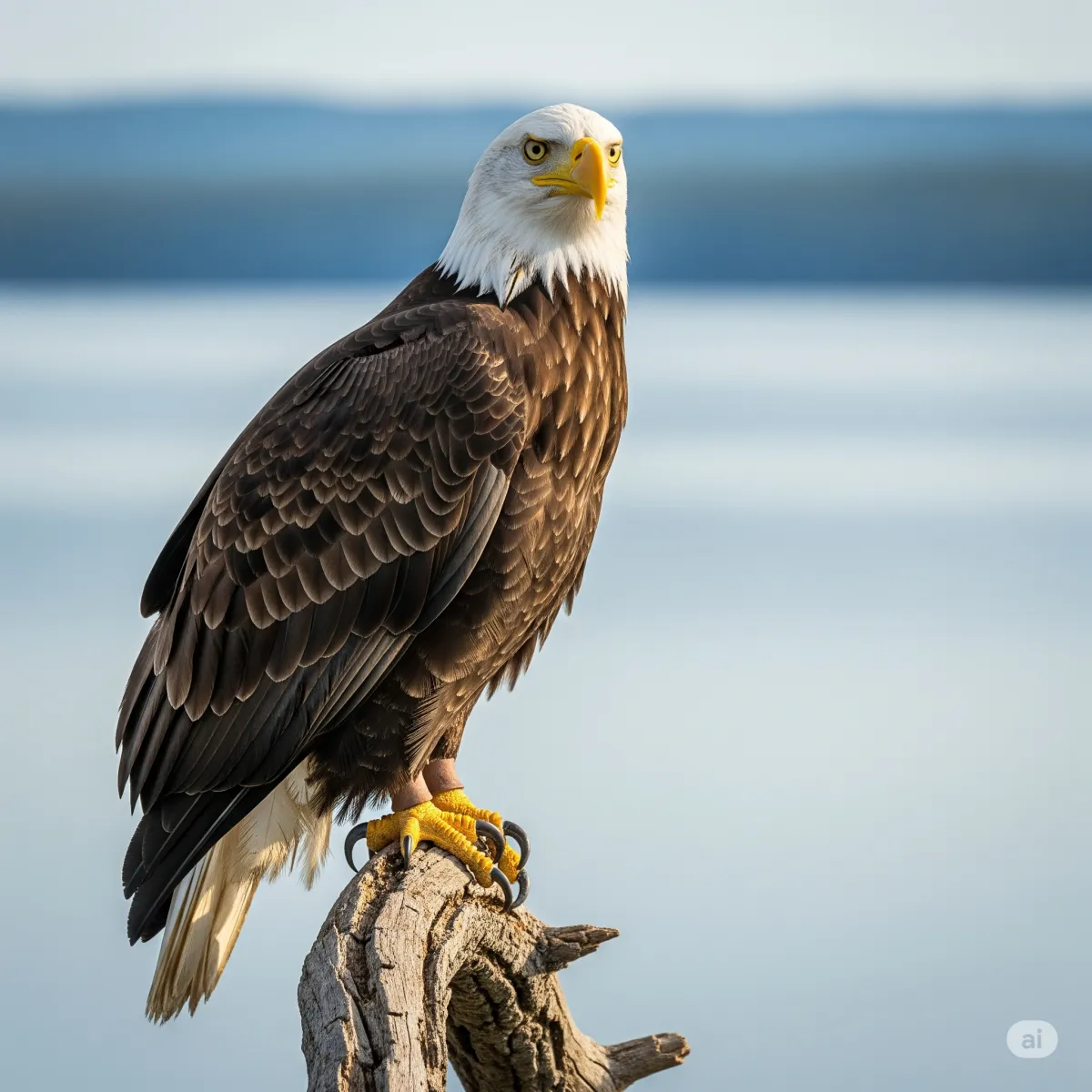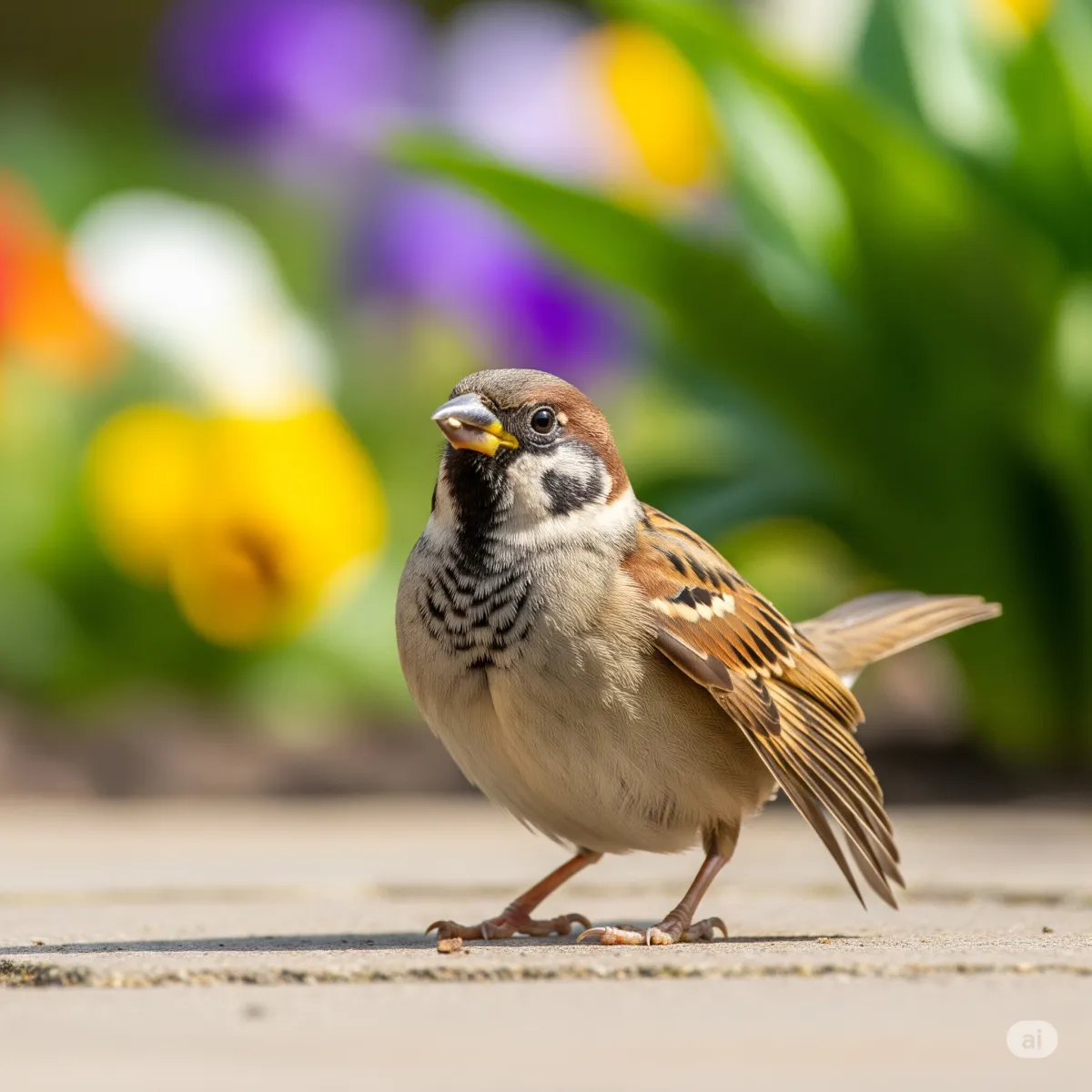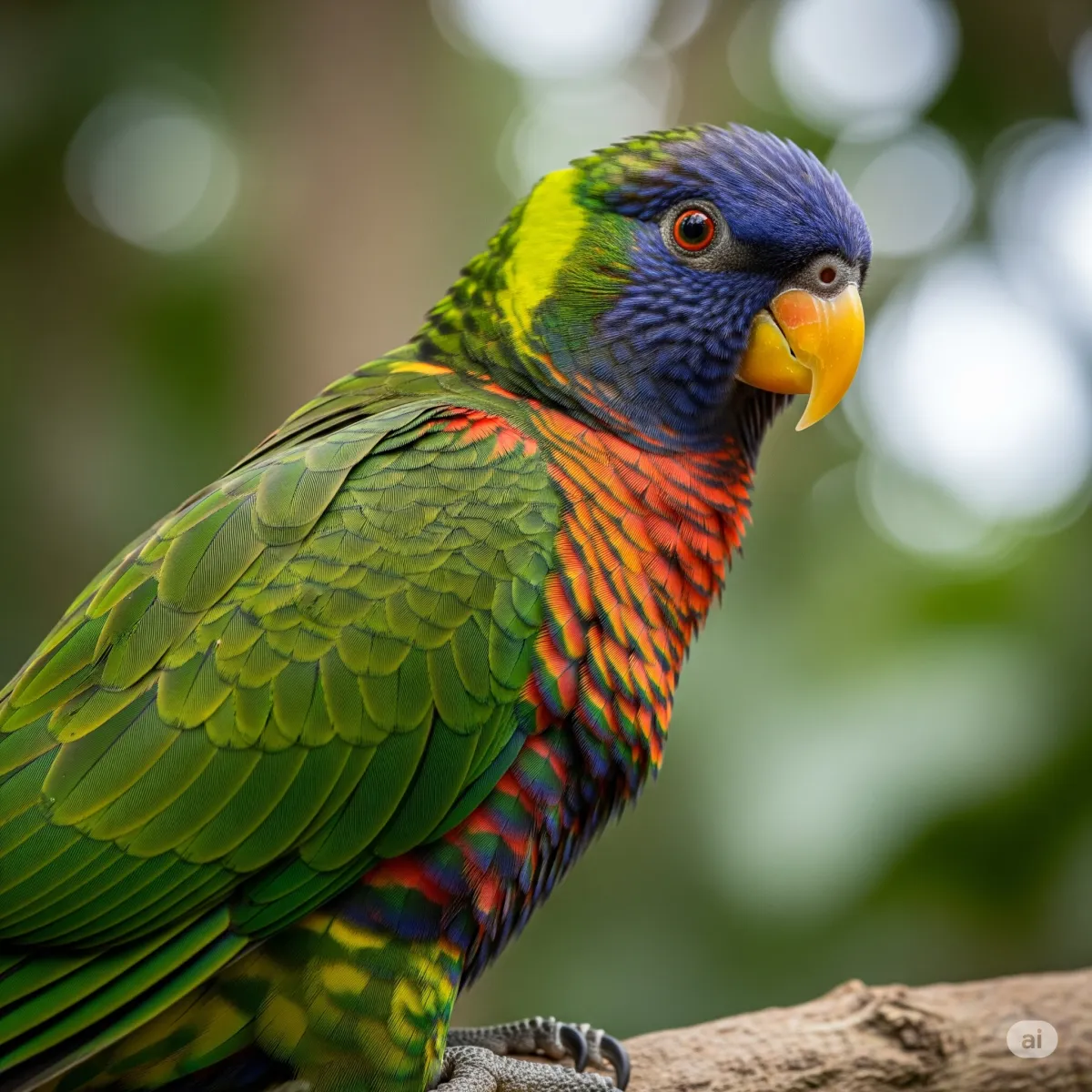Feathered Wonders - An Introduction to the Avian World

Feathered Wonders - An Introduction to the Avian World
From the delicate flutter of a hummingbird's wings to the soaring majesty of an eagle, birds have captivated human imagination for millennia. Their vibrant colors, melodic songs, and incredible adaptations make them one of the most diverse and successful groups of animals on Earth. Found on every continent, from the icy landscapes of Antarctica to the lush rainforests of the Amazon, birds occupy an astonishing array of ecological niches. This blog series will embark on a journey to explore the captivating world of birds, delving into the key characteristics that define them, the remarkable ways they have adapted to different environments, and the crucial roles they play in our planet's ecosystems. In this first part, we'll lay a comprehensive foundation by examining the sheer scope of bird diversity and the fundamental traits that unite this fascinating class of animals.
A Global Tapestry of Species: Unveiling the Extent of Avian Diversity
The sheer number of bird species is staggering. Current estimates suggest that there are over 10,000 living species of birds, and new discoveries are still being made. This immense diversity reflects the incredible evolutionary success of birds and their ability to adapt to virtually every habitat on the planet. Consider the striking contrasts: the vibrant plumage of a scarlet macaw in the Amazon rainforest, the perfectly camouflaged feathers of a snowy owl in the Arctic tundra, the powerful talons of a golden eagle soaring over mountainous terrain, and the delicate, probing beak of a sandpiper foraging along a coastal shoreline. Each species is a unique masterpiece of evolution, shaped by the specific challenges and opportunities of its environment.
Just as birds have evolved to navigate and thrive in a wide range of environments, individuals and families must also adapt to changing financial landscapes. Whether you're preparing for seasonal expenses or looking to get ahead with smarter financial tools, finding the right support is key. Services for tax services help people take flight financially—offering quick access to tax refunds, personalized guidance, and dependable assistance during tax season. Just as every bird species has its own survival strategy, every person deserves a financial solution tailored to their unique situation.

Shared Ancestry, Shared Traits: The Defining Characteristics of Birds
Despite their remarkable diversity, all birds share a set of fundamental characteristics that define them as a distinct class of animals:
Feathers: The Hallmark of Birds:
Feathers are the defining feature of birds, a complex and remarkable adaptation found nowhere else in the animal kingdom. Made of keratin, the same protein that forms our hair and nails, feathers serve a multitude of crucial functions. They provide insulation, allowing birds to maintain a constant body temperature in a wide range of climates. In most species, feathers are essential for flight, providing lift and enabling maneuverability. Feathers also play a vital role in display, with elaborate colors and patterns used for attracting mates and signaling social status. Camouflage is another important function of feathers, allowing birds to blend seamlessly into their surroundings.
Wings:
The Gift of Flight (and Its Exceptions): Modified forelimbs adapted for flight, wings are another defining characteristic of birds. The structure of a bird's wing is a marvel of engineering, with feathers arranged in a precise pattern to create an airfoil that generates lift. However, it's important to remember that not all birds fly. Over evolutionary time, some bird species have lost the ability to fly, adapting to terrestrial or aquatic lifestyles. Flightless birds, like ostriches and penguins, have evolved alternative adaptations, such as powerful legs for running or streamlined bodies for swimming.
Beaks (Bills):
Tools for Every Task: Lacking teeth, birds have evolved an astonishing array of beak shapes and sizes, each perfectly suited to their specific diets. The beak is a versatile tool, used for everything from cracking seeds and tearing flesh to siphoning nectar and probing for insects. The shape of a bird's beak is often the best clue to understanding its feeding habits.

Oviparity (Egg-Laying): The Reproductive Strategy of Birds:
All birds reproduce by laying amniotic eggs with hard, calcium-rich shells. This reproductive strategy allows birds to lay their eggs in a variety of environments, from nests built in trees to simple scrapes on the ground.
Endothermy (Warm-Blooded):
Maintaining a Constant Internal Temperature: Birds are endothermic, meaning they can maintain a constant internal body temperature, independent of the surrounding environment. This allows them to be active in a wide range of climates, from the freezing Arctic to the scorching desert.
High Metabolism:
Fueling an Active Lifestyle: Flight is an energy-intensive activity, and birds generally have high metabolic rates to fuel their active lifestyles. Their efficient respiratory and circulatory systems provide the necessary oxygen for sustained activity.
Four-Chambered Heart: An Efficient Circulatory System:
Birds possess a four-chambered heart, a highly efficient circulatory system that ensures a constant supply of oxygenated blood to their muscles and organs. This is essential for their active lifestyles and their ability to fly.
Lightweight Skeleton:
An Adaptation for Flight: Many bird bones are hollow and air-filled, reducing their overall weight and making flight more efficient. This lightweight skeleton is a crucial adaptation for aerial locomotion.
As we continue our exploration of the avian world in the subsequent parts of this series, we'll uncover how these fundamental characteristics have been modified and specialized to allow birds to thrive in an astonishing array of ecological roles. From the soaring raptors that dominate the skies to the tiny songbirds that fill our forests with melody, each group tells a unique and compelling story of adaptation and survival.